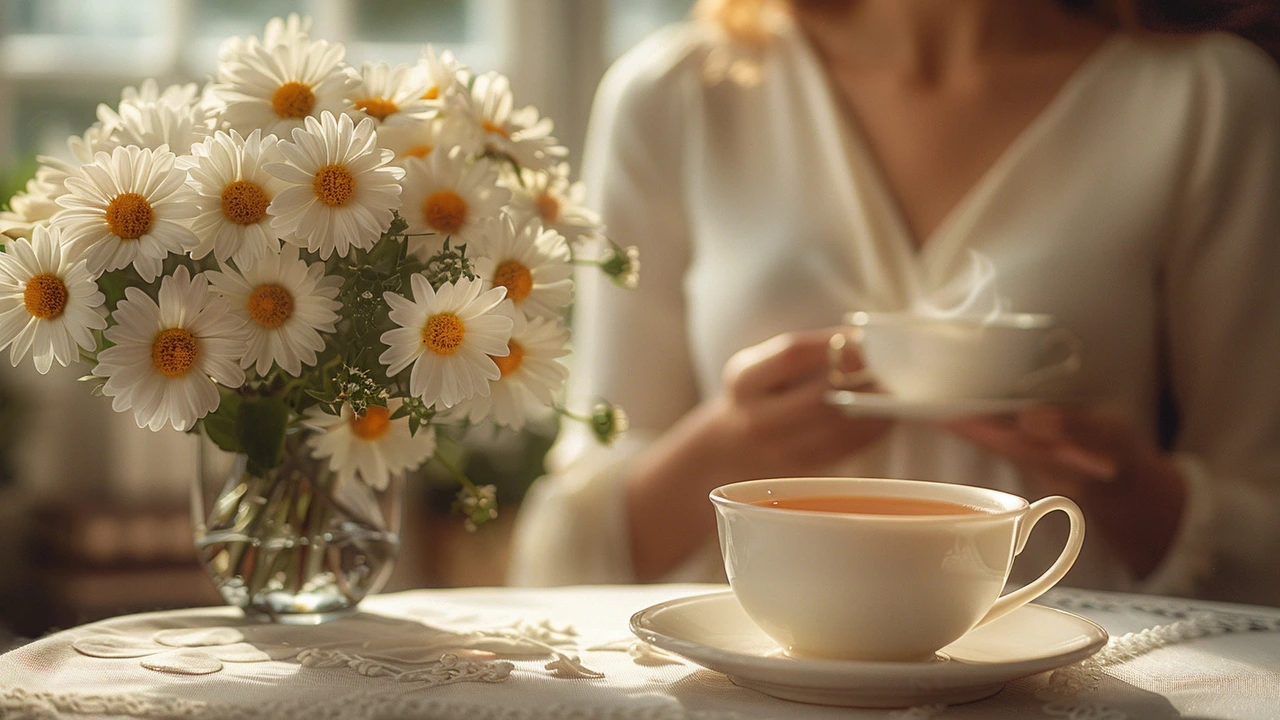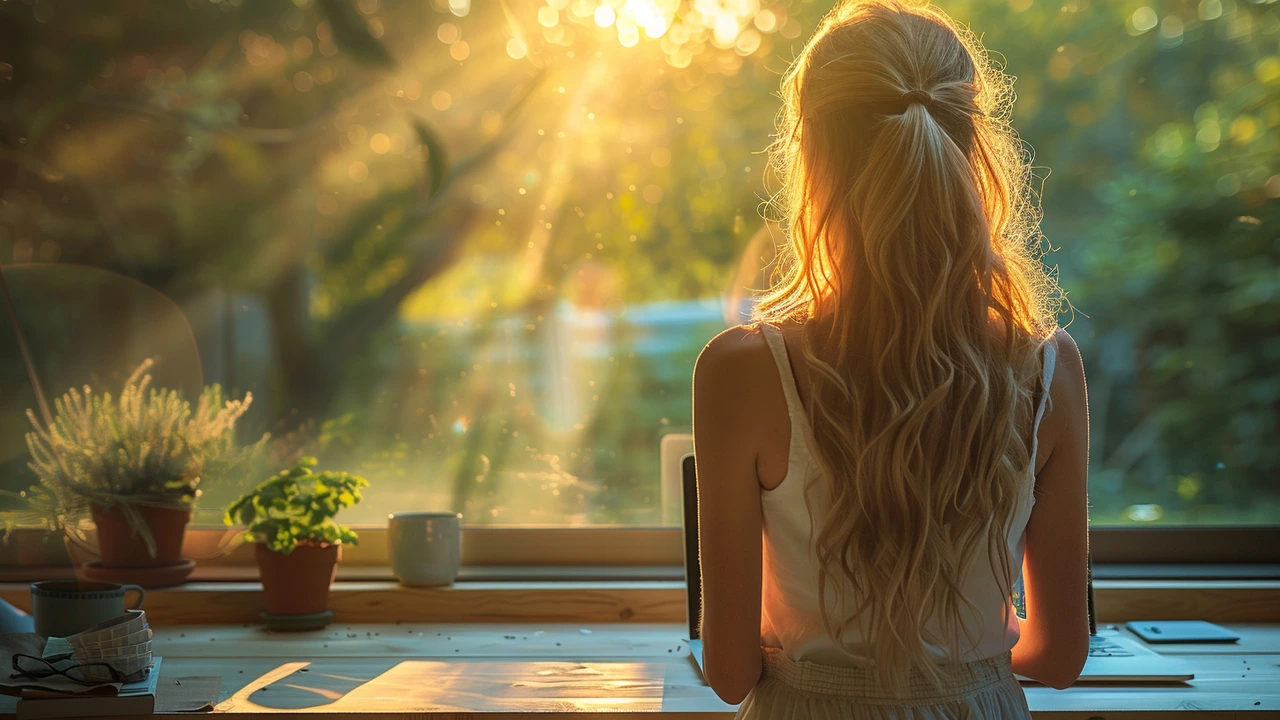International Style changed how we look at fashion by blending influences from around the world with a clean, modern edge. This article digs into how this style took over runways and streetwear, why designers love it, and how you can spot—or wear—these timeless looks. Learn where it comes from, what sets it apart from other trends, and get smart tips on adding international flavor to your own closet. If you care about where fashion is heading, you'll want to know why International Style is here to stay. The tips and facts here will help you keep your wardrobe fresh and global.
Minimalism: Clear, Calm, and Useful Architecture
Minimalism cuts the extra so the essential works better. In buildings that means fewer decorative details, open sightlines, and careful choices of materials and light. Minimalist spaces feel larger, quieter, and easier to maintain because every element has a purpose. If you want designs that age well and focus on function, minimalism gives you a simple, reliable toolkit.
Core rules that actually help
Limit the palette. Pick one or two neutral colors and one accent material—like raw concrete, warm wood, or black steel. That keeps the eye calm and highlights form. Use clean geometry: planes, simple volumes, and clear proportions. Make storage invisible with built-ins so surfaces stay open. Prioritize daylight—well-placed windows, skylights, and light wells replace decorative fixtures and lift mood naturally. Choose materials for durability and honest finish; don’t hide how something is made.
Function first. Every opening, handle, and joint should solve a problem. That doesn’t mean sterile; it means deliberate. A narrow kitchen island with integrated storage or a bench that doubles as shoe storage reduces clutter and improves flow. Keep circulation simple: straight routes and clear thresholds help rooms feel connected without noise.
How to apply Minimalism at home and in projects
Start small. Declutter one room and give away or store everything that’s not used weekly. Replace a crowded shelf with a single statement object or a framed view. In renovations, favor open storage or closed cabinetry rather than display racks that collect dust. For new builds, design with structural clarity—expose beams or use consistent floor levels to make spaces feel honest and unified.
Light matters more than texture. Use large windows or continuous glazing where privacy allows. In bathrooms and kitchens, keep surfaces easy to clean—large tiles, continuous countertops, and hidden seams. Select furniture with simple silhouettes and multi-function pieces: a dining table with storage, a sofa that converts into a guest bed, or chairs that stack neatly.
Minimalism is not empty. Add warmth with textiles, a single artwork, or a planted corner. Those small touches keep the space human without undoing the calm. Think of contrast: a matte wall beside a polished floor, or a warm wood sliver against cool concrete—these moments create interest while keeping the overall language restrained.
Compare and borrow. Minimalism overlaps with Bauhaus and International Style in its love of function and simple form. It differs from High-Tech or Postmodern approaches by avoiding celebration of complex systems or playful ornament. Use what fits your goal: minimalism for quiet living, High-Tech for expressive structure, Mid-Century Modern for warm minimal shapes.
Want examples? Look for clean facades, hidden storage, and strong daylight strategies in contemporary projects. On this site, you’ll find articles about Bauhaus, International Style, and Mid-Century Modern that show where minimalist ideas came from and how they evolved. Minimalism isn’t about removing personality—it's about making each design choice count.
This article delves into the world of minimalism, exploring the benefits and challenges of living simply. Readers will discover practical tips to declutter their homes and minds, promoting sustainable and meaningful living. The article serves as a guide for those seeking to embrace minimalism and find joy in less.
Discover how embracing minimalism can dramatically enhance your creativity. This article explores the relationship between less clutter and more creative output, providing evidence and real-life examples of individuals and environments that have benefited from a minimalist approach. Learn practical tips on decluttering both physical and mental spaces to foster a creative mindset. Understand why simplicity is not just a trend, but a sustainable way to unlock your full creative potential.
In my latest blog post, I dove into the world of minimalism, trying to understand how to part ways with the unnecessary clutter. Surprisingly, I found out that my life wasn't about the number of socks I own or how many souvenirs I've hoarded from my travels. It's about unearthing joy in simplicity, cherishing what truly matters, and saying "Adios!" to the unnecessary. No, it doesn't mean you have to live like a monk, just a little bit of 'spring cleaning' every now and then. So, if you too feel like your possessions are possessing you, join me in the journey of embracing minimalism. You might just find that less is indeed more!




